Thai Beverages: Basic Overview
Common Ingredients
Common Preparing Methods
Key Taste
Drinking Etiquette
Culinary Festivals
Influence and Fusion
Classifications of Thai Beverages
-
Alcoholic
They are typically made from grains, especially rice and wheat, with the addition of local herbs and spices.
The alcohol content ranges from light to strong.
Certain alcoholic beverages have Western origins.
Not all Thai fermented alcoholic beverages are gluten-free, especially those that form barley or wheat.
-
Non-Alcoholic
Most Thai non-alcoholic beverages are based on tea, coffee, and fruit juices.
These options are mainly sweet and served chilled.
Many types of sweet beverages are sold at cafés and street stalls throughout Thailand.
Thai beverages are usually accompanied by meals or enjoyed as standalone refreshments. These drinks are known for their unique flavors, often incorporating a mix of sweet, sour, and spicy elements.
Whether alcoholic or non-alcoholic, Thai beverages are always made with local ingredients such as tea, coconut, spices, and various tropical fruits.
Popular beverages in Thailand include tea, coffee, spirits, beer, rum, rice wine, and fruit juice. Let me show you the traditional drinking culture of Thai people and whether Thai beverages are available worldwide.
Read on to discover the 12 most well-known options. Each Thai beverage’s description contains information about its type, ingredients, flavor, color, suitable accompaniments, and where to find the drink.
Plus, you can uncover which beverage types pair nicely with traditional delicacies from Thailand and dig deeper into the drinking etiquette of Thailand.
Here’s a rundown of the 12 Thai beverages that pair best with local dishes:
12 Top-notch Thai Beverages with Filters
I will show you the best 12 beverages in Thailand. Navigate this section more easily by using advanced filters that can help you sort Thai beverages in terms of popularity, ingredients, tastes, and preparation methods.
I also organize the suggested beverages according to traditional, national, and street beverage labels for ease of reference.
Cha Yen
- Non-Alcoholic
- National
- Street Beverages
- Traditional
Cha yen, or Thai iced tea, is a must-try street drink in Thailand. This variety of cha Thai (Thai tea) contains strong black tea, milk powder, condensed milk, sugar, and spices.
Nowadays, most locals use pre-packed tea to prepare cha yen more conveniently.
Cha yen’s sweet and creamy taste can complement the spicy and flavorful tastes of common Thai dishes such as som tum, pad thai, tom kha soup, and Thai curries.
In addition, feel free to pair cha yen with desserts (like mango sticky rice) and fried dishes, such as fried fish cakes and fried chicken.
In its authentic form, Thai iced tea boasts a natural amber color. Some vendors modernize it by adding tapioca pearls and different toppings to the drink. You can ask for an unsweetened version (mai waan).
Thai iced tea is available at local markets, motorcycle food carts, cafes, and restaurants. Store-bought versions are also available in convenience stores and supermarkets.
Mekhong
- Alcoholic
- National
Mekhong is the first-ever domestically produced spirit in Thailand. Named after an important river in the country, it has been a staple alcoholic beverage since its introduction in 1941.
The locals create Mekhong from 5% rice, 95% molasses, and caramel, giving the drink its signature golden color. Mekhong has a uniquely sweet and spicy taste, with an herbal and aromatic scent due to its huge amount of herbs and spices.
This Thai spirit pairs well with spicy and rich dishes like som tam and Thai curries. For fried or grilled foods like mu ping or tod man pla, Mekhong helps cut through the fatty flavors.
You can find Mekhong in supermarkets or enjoy it at a local bar or pub. This local spirit is either served dry with ice or incorporated into cocktails.
Sabai Sabai is a famous cocktail that mixes Mekhong with lemon juice and soda.
Singha
- Alcoholic
- Traditional
Singha is one of the most recognized Thai beer brands. What sets this beer apart is its strong, malty flavor and intense alcohol level for a mass-produced beer (6% APB).
Singha comes from high-quality barley malt, three types of European hops, and artesian water. The full-bodied brew has a golden yellow hue and a distinct, rich flavor perfectly paired with delicious dishes.
Singha can balance the heat for spicy dishes like pad thai, green curry, or tom yum soup. This beer variety also complements richer dishes like massaman curry, som tam, and grilled meats.
Singha is available in almost every supermarket, bar, pub, and convenience store in Thailand.
Oliang
- Non-Alcoholic
- Street Beverages
- Traditional
Oliang, or Thai iced coffee, is a common beverage in Thailand due to its accessibility and affordability. This coffee-based beverage often includes additional ingredients like roasted rice and caramel, creating a distinct flavor similar to Americano.
Oliang is commonly enjoyed alone or with a meal. Due to strong flavor, it pairs best with appetizers, snacks, or desserts like spring rolls, som tam, chicken satay, and mango sticky rice.
Thai people often drink oliang with sugar, ice, or even milk. Some locals even spice it up with SangSom (Thai rum). Oliang is available in almost every cafe, street store, motorbike food cart, and restaurant.
Nam Manao
- Non-Alcoholic
- Traditional
Nam manao is the Thai version of lemonade, combining lime juice, water, and sugar. Many Thai restaurants often serve this tropical drink with sugar syrup on the side.
The sweet and sour flavor of Thai limeade perfectly complements many spicy or fatty dishes, such as curries, grilled pork skewers, som tam, pad thai, and fried spring rolls.
SangSom
- Alcoholic
- Traditional
SangSom is a Thai rum made from distilled sugarcane or distilled molasses. This golden rum contains many herbs and spices with a deep, earthy flavor.
SangSom has been the best-selling spirit in Southeast Asia ever since its inception in 1977. The locals sometimes mix this rum with juices and sodas to create a refreshing summer drink.
The rich flavor profile of SangSom pairs excellently with spicy, sweet, and umami flavors commonly found in Thai delicacies. For a delightful pairing, consider dishes like som tum or grilled meats like mu ping or kai yang.
Another great option is tom kha gai, which matches SangSom’s tropical undertones wonderfully. Spicy curries like red curry are also a fantastic match. Thai rum is available in every supermarket, restaurant, marketplace, bar, pub, and convenience store in the country.
Nam Maphrao
- Non-Alcoholic
- Traditional
Nam maphrao, or coconut water, is one of Thailand’s most iconic beverages. It is famous for its delectable flavor, cooling effects, and nutritional benefits.
Coconut water complements many Thai specialties well, especially spicy, rich, or salty dishes, by balancing flavors and cooling the palate. Notable examples are som tam, tom yum, pad thai, massaman curry, and tom kha kai.
In Thailand, coconut water comes with thick, juicy pieces of shaved coconut, though some street vendors mix it with lots of sugar water to boost its taste.
Coconut water is available in cafes, restaurants, and street vendors. Bottled coconut water can also be found in convenience stores and supermarkets.
Sato
- Alcoholic
- Traditional
Sato is a home-brewed Thai rice wine with origins in the Northeastern region (Isan). Drinking sato is a well-known local tradition, but Isan immigrants have introduced it to many other regions of Thailand.
To create this signature beverage, brewers mix steamed sticky rice with lukpaeng, a wine starter made from rice starch, yeast, herbs, and spices. The wine is filtered after a few weeks of fermenting.
Thai people love to enjoy sato on their special occasions, serving this drink at room temperature in a giant bowl so the guests can dip their cups in it.
Sato pairs well with grilled meats, spicy salads, fried dishes, fermented foods, Thai sausages, and spicy soup. Its sweetness is great at balancing the spiciness and complexity of these Thai dishes.
Lao Khao
- Alcoholic
- Traditional
Lao khao, also known as sura khao, raon khao, or lao khoa, is a traditional Thai distilled spirit with an alcohol by volume ranging from 28% to 40%.
Roughly translated as “rice whiskey,” lao khao has a clear color and can be made from various ingredients. Common choices are molasses, jasmine rice, glutinous rice, maize, sugarcane juice, and sorghum bicolor.
Lao khao has a long history, dating back to the late 18th century when the Bangyikhan Liquor Distillery was established. Today, it is often distilled from molasses instead of rice to reduce costs.
The potency of lao khao makes it ideal for dishes with strong and spicy flavors. Try pairing som tam, mu ping, tom yum, tom kha kai, massaman curry, green curry, or pad Thai with the spirit.
Nom Yen
- Non-Alcoholic
- Street Beverages
- Traditional
Nom yen, which means “iced milk” in Thai, is a famous Thai beverage with a unique pink color. It is made with cold milk and Sala syrup (a popular sweet, fragrant syrup extracted from the tree of the same name in Thailand).
Savory dishes like pad thai, grilled pork skewers, and spicy salads go well with the sweetness of nom yen, and so do snacks like fried spring rolls or fishcakes.
Nam yen is extremely popular with children. Knowing this, Thai vendors often sell nom yen in plastic bags outside elementary schools.
Nam Thabthim
- Non-Alcoholic
- Street Beverages
- Traditional
Nam thabthim, or pomegranate juice, is among the most favorite Thai fruit beverages. Street vendors usually prepare it fresh in front of customers and sell it in plastic bottles.
The sweet and tart notes of pomegranate juice go well with the heat of spicy dishes like som tum, tom yum, and various curry dishes like Thai green curry, massaman curry, or panang curry.
Plus, nam thabthim makes fantastic accompaniments for fried and stir-fried dishes, like Thai fish cake or pad thai, as its lightness counteracts the oily or greasy flavors.
Nam Oy
- Non-Alcoholic
- Street Beverages
- Traditional
Nam oy, or sugarcane juice, is a common non-alcoholic beverage in Thailand. It is widely sold at street stalls in which vendors extract fresh juice from sugarcane sticks with a strong machine and sell it to customers in disposable plastic cups.
Even without added sugar, mam oy is delightfully sweet and matches perfectly with the robust flavors of spicy, salty, or rich Thai dishes, such as som tam, tom yum, green curry, pad Thai, or mu ping.
After addressing the features of these beverages, I will offer you general recommendations on how to choose the right dishes for beverage categories.
Which Types of Thai Beverages Commonly Pair with Dishes?
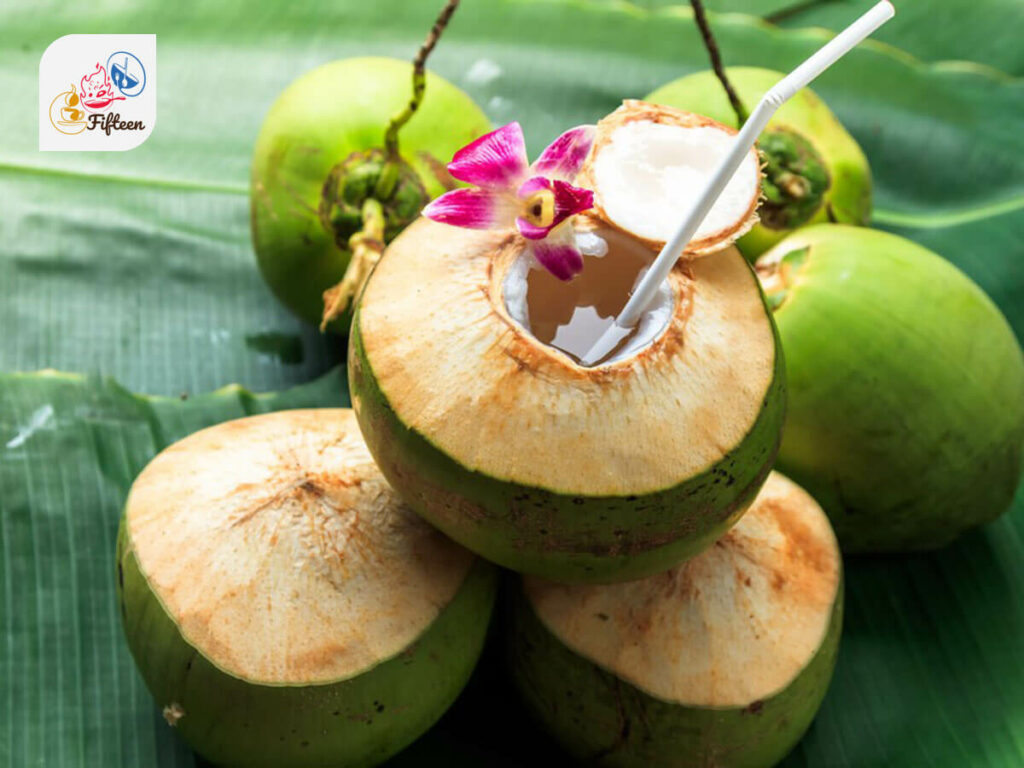
When it comes to Thai food and drink pairing, here are some common types of drinks found in the country’s cuisine:
Tea
Bitter Iced tea and sweet milk tea are great with spicy and hearty dishes to provide a balance.
Coffee
This rich and bitter beverage pairs well with sweet treats, appetizers, snacks, or as an after-meal drink.
Fruit Juices
Since Thai fruit juices are pleasantly sweet, they are a fantastic match for both spicy and salty dishes. Oily fried dishes also taste better when served with fruit juices.
Spirits
Many people like to serve spirits with rich or heavily seasoned dishes, including seafood, grilled meat, deep-fried items, or sweet and sour soups.
Beer
The pleasant flavor profile of Thai beer goes well with various dishes, especially grilled meat-based ones.
Rum
Thai rum is often enjoyed with very flavorful dishes. For example, the sweetness of rum can balance the spiciness of Thai curries.
Rice Wine
This mild alcoholic drink is a good match for seafood delicacies, curries, and fried dishes, adding depth to the meal.
Don’t overlook the drink menu the next time you indulge in Thai food. Like, share, and comment on this word to show your love for Thai beverages!



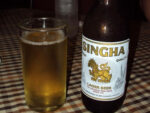
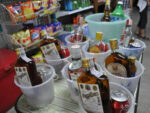
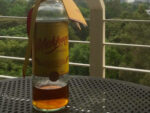
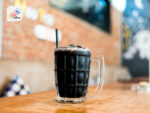
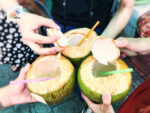
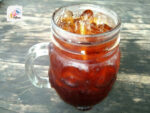
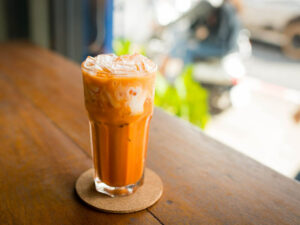
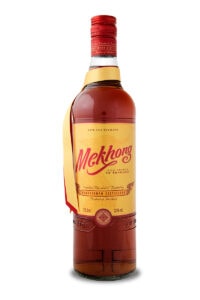
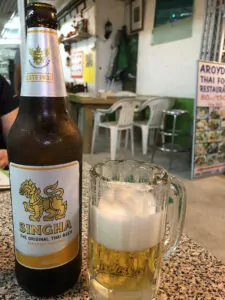
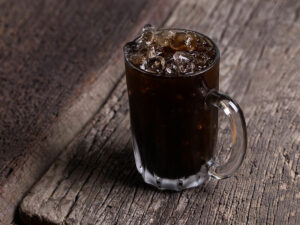
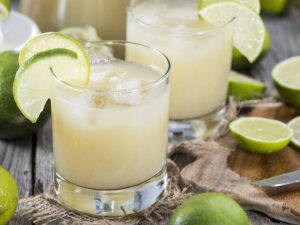
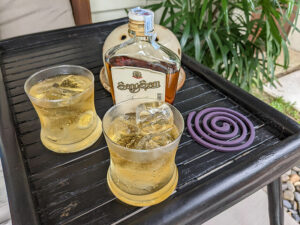
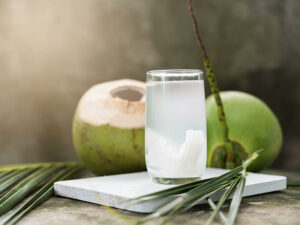
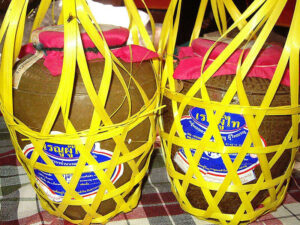
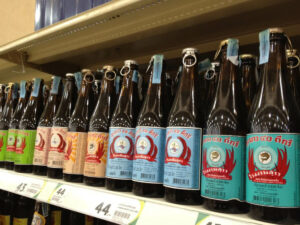
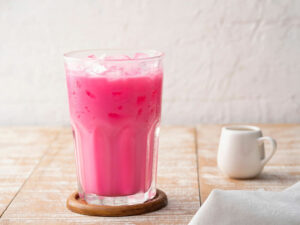
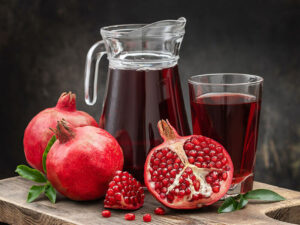
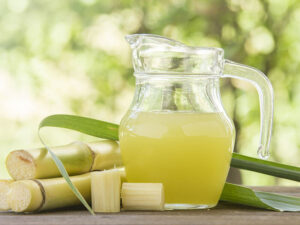
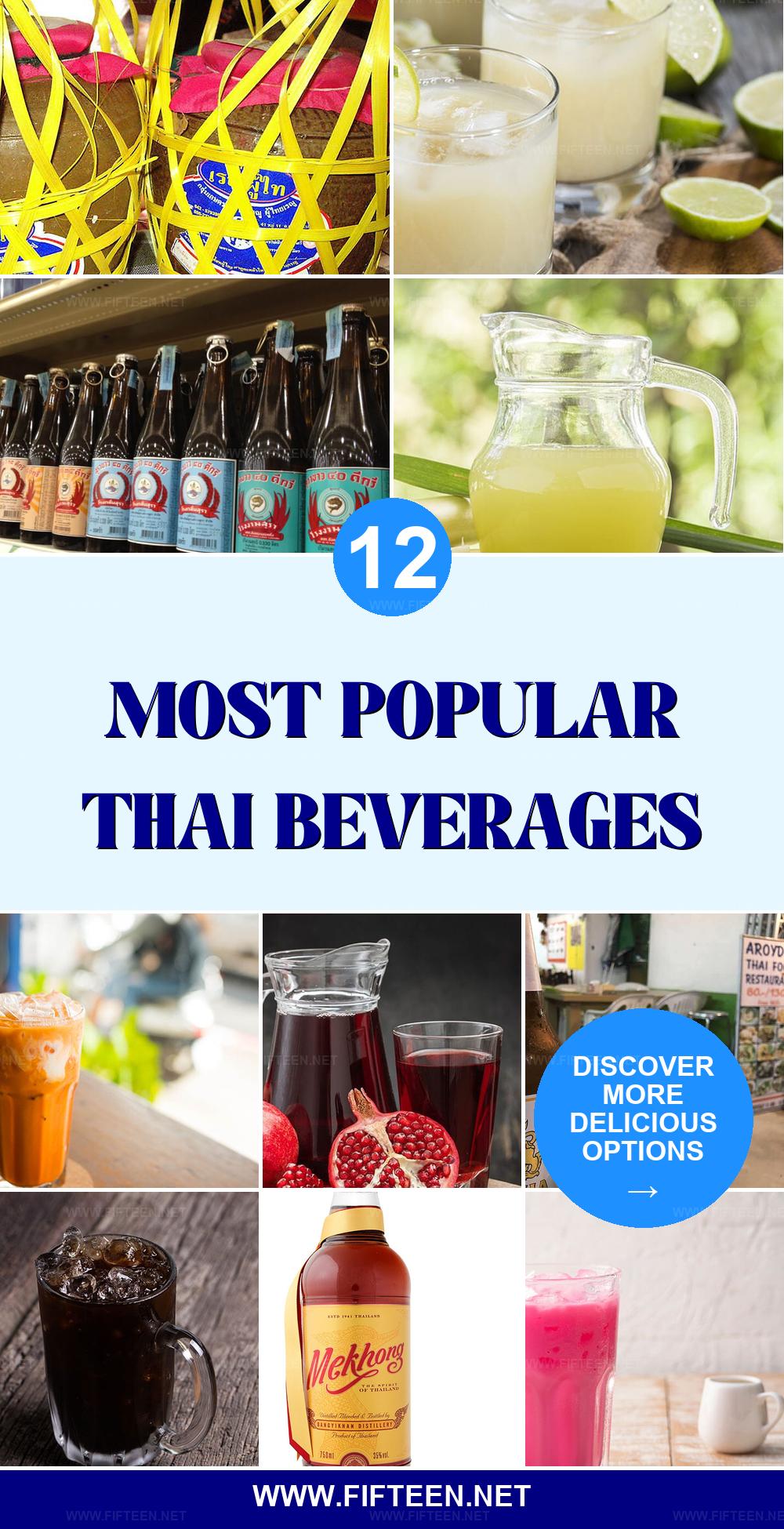
Jamie Scott
Editor in Chief, Senior Content Writer
Expertise
Home Cooking, Meal Planning, Recipe Development, Baking and Pastry, Food Editor, Cooking-video Maker, Western Food Evaluation Expert
Education
Le Cordon Bleu College of Culinary Arts
Local Community College, New York, NY
Jamie Scott is a skilled culinary expert and content creator specializing in Western cuisine. With over 15 years in the culinary field and formal training from Le Cordon Bleu, Paris, Jamie deeply understands how to blend nutrition with delicious flavors. His passion for cooking matches his commitment to making healthy eating accessible and enjoyable.
On Fifteen.net, Jamie brings a fresh perspective to classic dishes and beverages, offering readers insightful recipes, cooking tips, and a fresh view on meal planning that emphasizes taste, health, and simplicity.